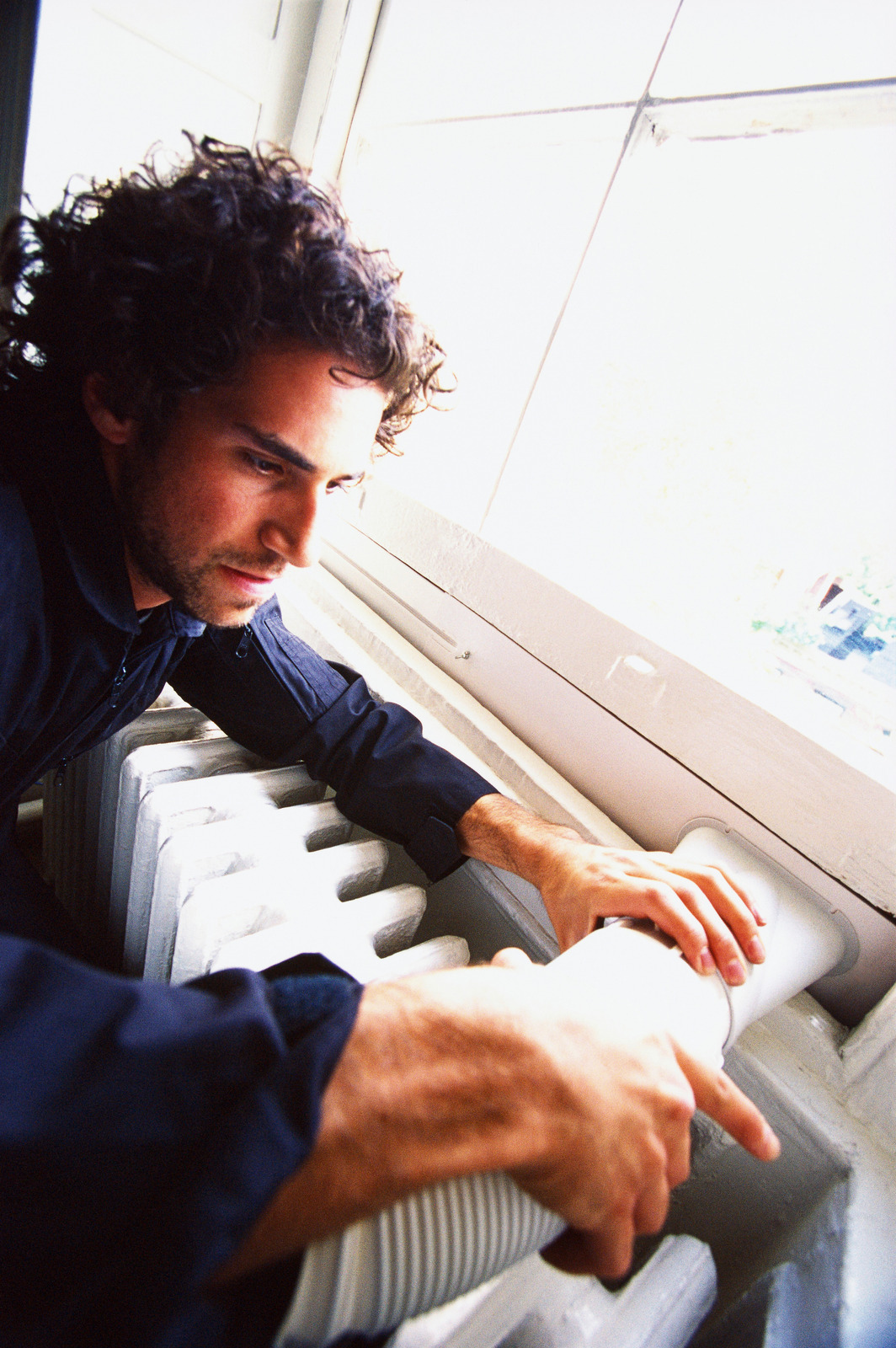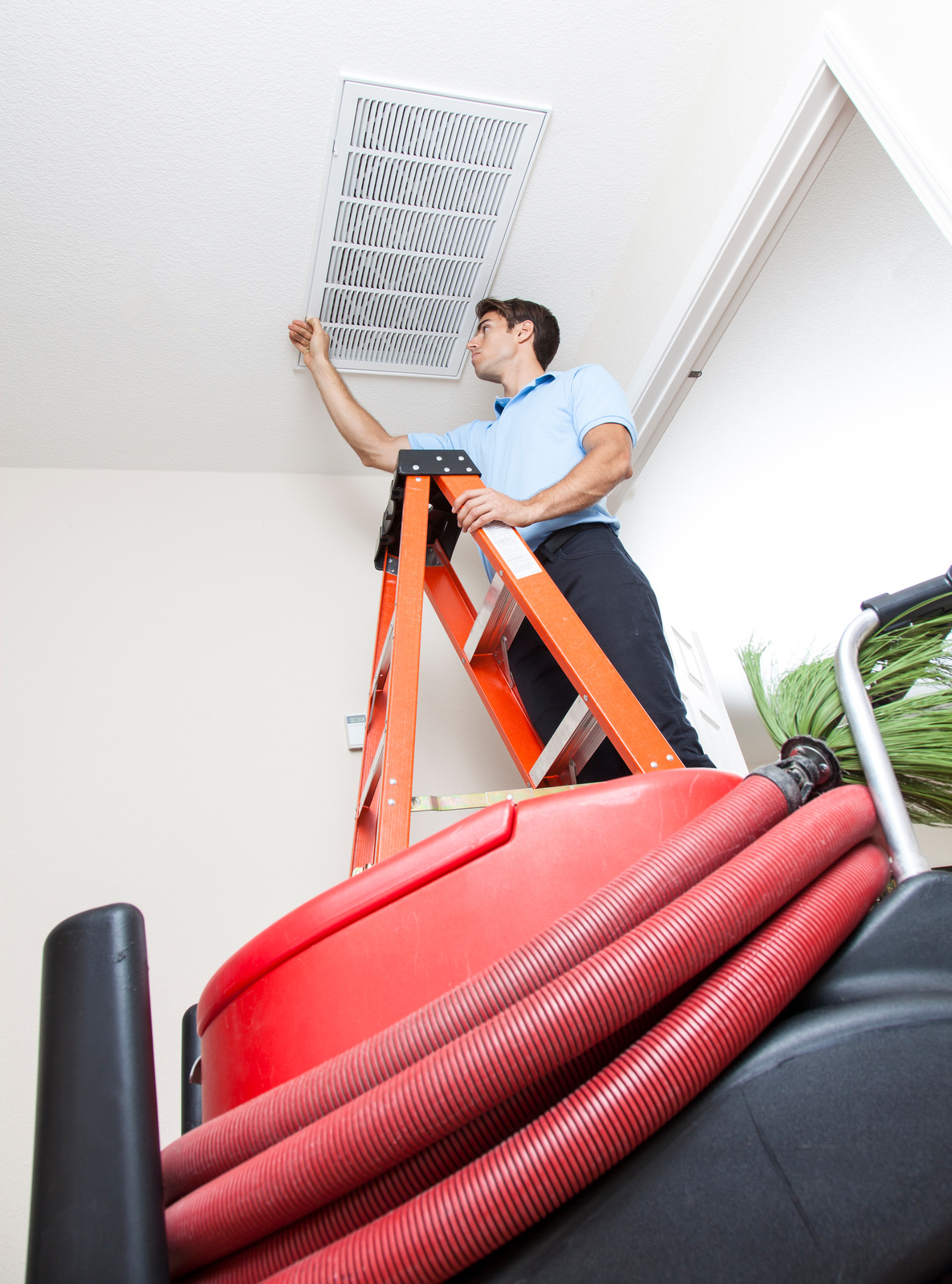No season is too cold to enjoy the warmth of a crackling fire in your home. Like all parts of your house, chimneys require regular maintenance. Beyond detracting from the visual appeal of your home, a damaged or deteriorated chimney can also pose safety hazards if not fixed.
You’ve found the right place if you’re experiencing issues with your chimney and looking for guidance on how to repair it. This article is designed to inform you about common problems that can damage your chimney and offer effective solutions.
Signs Your Chimney Needs Attention
There’s nothing quite like the comfort and inviting feel of a well-maintained fireplace. However, maintaining that inviting atmosphere while ensuring the safety of your home depends on recognizing when it’s time to repair your chimney.
Don’t Ignore These Warning Signs
Here are a few key signs that your chimney may need repair:
– Cracks in the Brickwork or Flue: If you notice cracks in your chimney, it’s crucial to have it checked by a professional as these cracks could point to internal damage.
– Damage to the Chimney Crown: If the crown, or the top part of the chimney, has any chips or cracks, it could lead to water entering your home and causing significant damage over time.
– Efflorescence, also known as white staining, is a clear sign of too much moisture in the masonry and, if not addressed, can lead to more severe issues.
– Rust on Firebox or Damper: Rust suggests that water is likely entering your chimney, which is a strong indication that your chimney needs repair.
– Smoky Flames or Difficulty Starting Fires: Increased smoke inside your home could indicate a problem with ventilation, and struggling to light fires could mean there are blockages in the flue system, which need to be fixed right away.
Understanding these signs can guide you in deciding when to seek expert help. This knowledge can help keep your chimney functioning at its best and prolong its life by addressing small problems before they escalate.
Tips For Maintaing Your Chimney
Now that we’re aware of the warning signs, let’s dive into the main topic of our article. Here, we’ll cover how to manage these signs effectively. Let’s begin.
How to Fix a Chimney Crack
A common issue, especially with brick chimneys, is cracks.
There are various types of cracks, including stair step and horizontal and vertical cracks. Minor horizontal and vertical cracks can be easily sealed. You can find a variety of mortar repair products and high-quality caulks online or in local stores.
However, larger cracks, like stair step cracks, require more effort. To ensure your chimney remains sturdy, you might need to reinforce it with steel lintels.
Using a steel liner can also be a smart preventive measure. The liner acts as a barrier, slowing down the deterioration of bricks and other chimney components, such as mortar. Yet, it’s important to seek the help of a skilled professional in these cases.
How to treat chimney spelling
“chimney spalling” refers to the deterioration, chipping, or flaking of the masonry or bricks on the chimney’s exterior.
Here are the steps to repair spalling:
– Remove Damaged Material: Carefully remove any cracked or damaged brickwork or masonry.
– Clean and Prepare the Surface: Clean the damaged area thoroughly to remove any loose debris.
– Install New Material: Apply the correct mortar to lay new masonry or bricks that match the existing ones.
– Apply Protective Coatings: To prevent future water damage and protect the repaired area, apply sealants or protective coatings.
Fixing Chimney Cracks
Chimney cracks are a homeowner’s biggest fear, whether they come from the roof or the chimney itself. These cracks can let in moisture and water, as we’ve talked about. One common cause of cracks is damaged flashing, among other issues. When the chimney flashing is damaged, improperly installed, or gets old, water can seep into your home. It’s crucial to replace or reseal the chimney flashing as soon as possible to prevent further damage and stop the issue.
Treating white staining efflorescence
As we’ve mentioned, white spots on the chimney can reduce the appeal of your roof. Keeping the chimney in good shape and looking nice means dealing with any white spots or efflorescence on its surface.
Here’s how to take care of efflorescence:
Find and fix any sources of moisture. Look for leaks and seal them properly to stop water from coming in. Then, clean the affected area thoroughly with a mild detergent solution.
USE EFFFLORESCENCE CLEANER: To stop it from coming back, use special cleaners as directed by the product, consider stronger methods for tough stains, and apply waterproof sealants to prevent future issues.
Repairing a leaning chimney
Repairing a leaning chimney ensures it stands straight and strong, just like fixing a crooked structure is key to its stability.
To stop the leaning, the chimney might need to be straightened, and secured, and its base reinforced to make it stable. To make sure the chimney stays stable, methods like rebuilding parts of it, adding support brackets or anchors or underpinning it can be used. Fixing a leaning chimney not only brings it back into balance but also ensures the structure’s durability, functionality, and safety.
The Importance of Regular Chimney Inspections
Even if you’re good at spotting early signs of problems, an expert’s eye is still needed to catch many small issues. This is why regular chimney inspections shouldn’t be overlooked or underestimated. Regular inspections keep you informed about maintenance and repairs, helping you avoid costly chimney repairs in the future.
Moreover, the frequency of inspections should match how often you use your fireplace. For instance, chimneys used a lot during winter might need a yearly check-up. If it’s used less often, a check-up every other year should be enough if one is planned.
In the end, these regular inspections are crucial for preventing major repairs, ensuring the chimney works efficiently, and keeping it safe.
In Conclusion
Fixing your chimney is crucial for the well-being and security of your family, as well as for the overall stability of your home. Taking care of your chimney properly not only prevents potential hazards such as fires and carbon monoxide emissions but also prolongs the lifespan and efficiency of your heating system. It’s essential to address chimney repair issues promptly, no matter the type of damage, whether it’s cracks, leaks, or something else. Prioritizing chimney maintenance ensures that your home stays a safe and welcoming place for a long time, whether you choose to do the repairs yourself or seek professional help.


